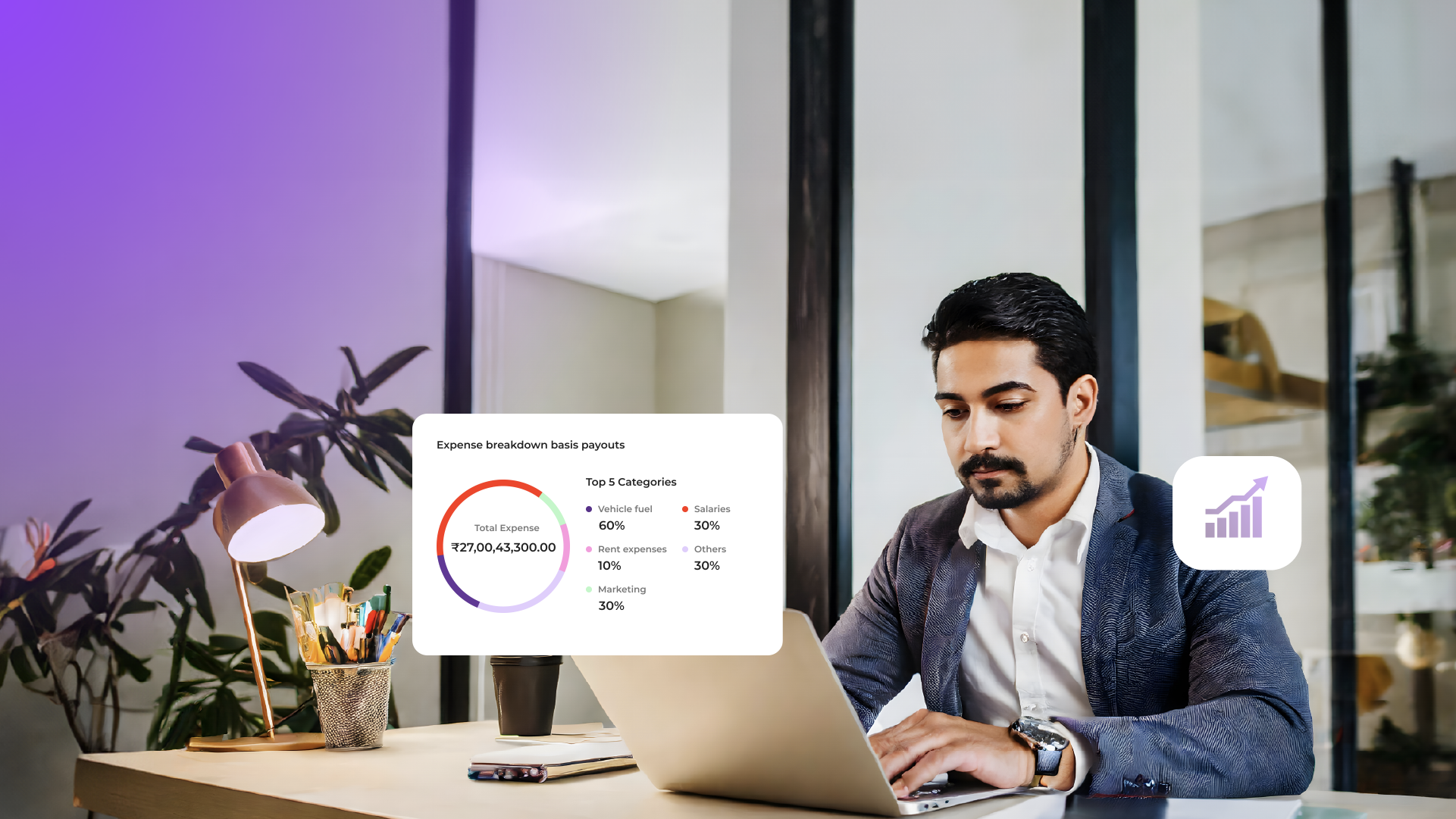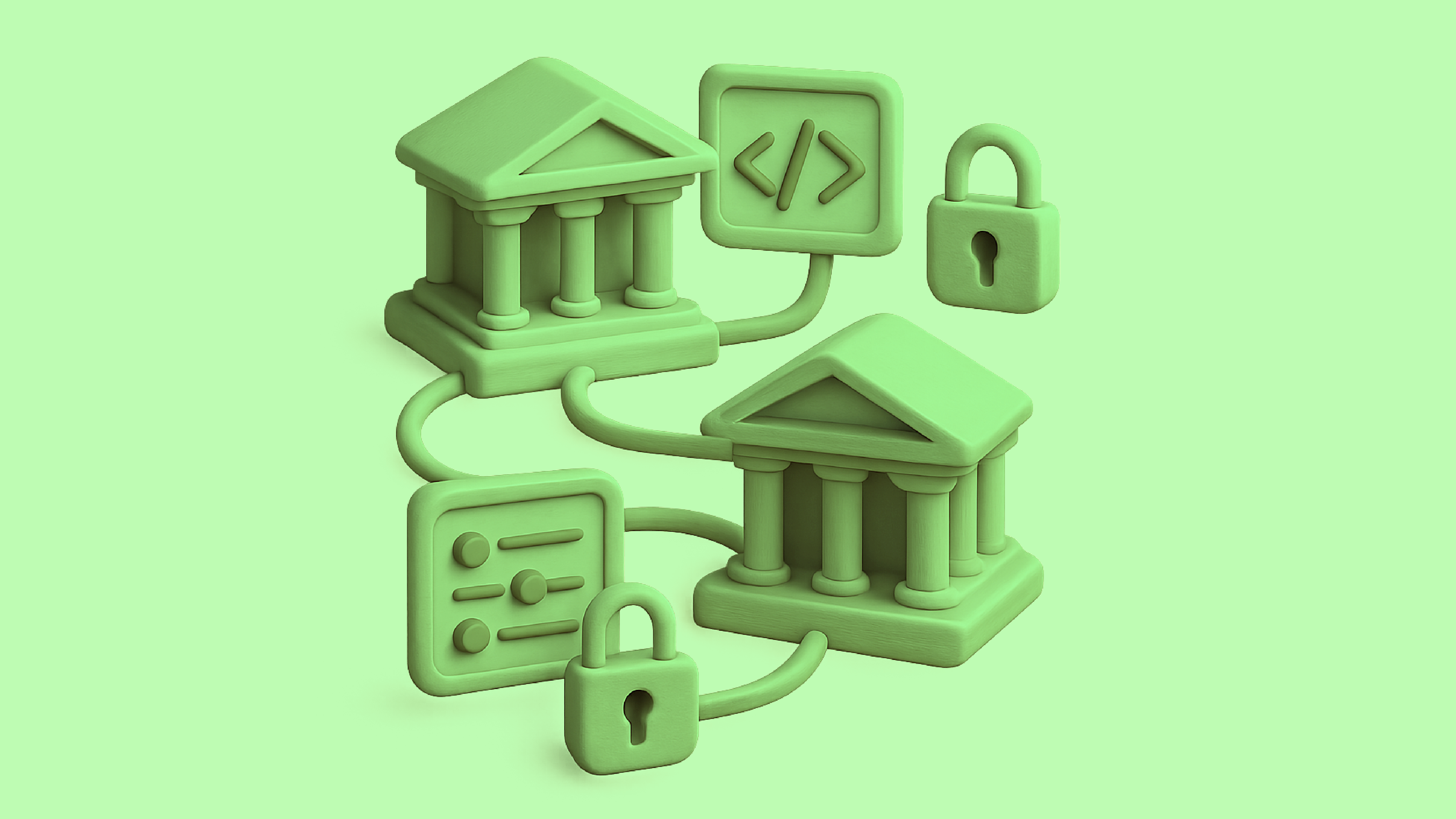Financial inclusion, since 2011, has been a cornerstone of business development. Traditional, siloed financial processes and systems are unready to serve the demand for real-time data and agility. The concept of connected finance shatters these silos, integrating financial data across ERP, accounting software, and HRMS platforms. Such seamless integration has enabled CFOs to avail information that is real-time, accurate, and relevant to their decision-making process.
Transitioning to connected finance improves not only data visibility but also streamlines business operations and reduces errors, hence encouraging collaboration. This article shows how connected finance can be a game-changer for business. It reveals how using real-time financial data helps leaders make better decisions and improve how they manage their finances.
The Challenges of Traditional Siloed Financial Processes and Systems
Traditional, siloed finance processes reduce organizational efficiency and strategic potential. They support and foster compartmentalized ownership of data, which usually means fragmented financial insights and strategic misalignment. It inevitably leads to duplicated effort and resources, forfeited time driving inflated costs—time and money that ought to be much better spent on value-added activities such as financial analysis and planning.
Siloed systems prevent the leveraging of advanced analytics and AI. It enables data-driven decisions, improving profitability and reducing risk. The rigid systems (Accounting software, ERP, OMS, HRMS, etc) stifle innovation and adaptability and present obstacles to reacting quickly to market change or internal wrangling. Also, the lack of cross-functional collaboration fragments organizational culture, lowering employee morale and engagement.
In this regard, dealing with these challenges means an organization must adopt integrated financial systems. Such a system allows real-time collaborative data sharing, reducing inefficiencies and fostering strategic agility.
The Key Enablers of Connected Finance
Various key technologies enable businesses to unlock all financial data, make strategic decisions, and derive competitive advantages in this fast-changing market.
Cloud-Based Financial Management Platforms
Connected finance relies on cloud-based financial management platforms as its backbone. Such cloud-based scalable, secure, and accessible solutions remove the need for on-premises infrastructure. Through cloud technology, a business can access its most critical financial data without interruption, rationalize operations, and cut down expenses. New-age cloud platforms are robust in financial planning, budgeting, and forecasting capabilities, allowing companies to be more agile and precise in their operations.
APIs and Real-Time Data Integration
APIs (Application Programming Interfaces) and real-time integration between various financial systems are necessary for seamless connectivity. Through APIs, sharing data among ERP, accounting software, and HRMS would be enabled. It would ensure a seamless flow of accurate information. It would provide real-time integration to the system for financial reports and financial analysis with minimum latency, and thereby, quick decisions would be facilitated. Companies may use APIs to update their financial software in real-time. API integrations allow syncing sales data from the CRM, with minute-by-minute visibility of revenue without manual intervention.
Advanced Analytics and AI-Powered Insights
Advanced analytics, brought together with insights powered by AI, is a game changer for connected finance. Businesses can now gain far more depth in insight into their financial data through the discovery of patterns and trends that strategically guide the direction of the company. AI algorithms in this context enable businesses to accurately forecast cash flow trends, predict potential financial risks, and optimize resource allocation. Innovative tools exist that use AI and machine learning in ways that deliver proactively actionable insights. It helps CFOs to anticipate or at least spot early warnings on market shifts so they act proactively rather than reactively.
Collaborative and Mobile-First User Experiences
Today’s finance teams need mobile-first and collaborative user experiences. As remote work becomes more prolific, financial professionals need collaborative tools available anywhere. Mobilefirst applications would allow teams to review reports of finances, approve transactions, and communicate in real-time, irrespective of their geospatial positions. Many platforms exist whose mobile apps are super intuitive and collaborate seamlessly with zero outages of financial operations.
The Benefits of Connected Finance for Strategic Decision Making
Real-Time Visibility into Financial Performance and KPIs
More than 75% of consumers expect to be able to see all their financial data in one place. Connected finance gives real-time visibility into financial performance and KPIs. Instant access to up-to-date financial data empowers CFOs to monitor the trends and spot issues before they become major problems. A retail chain, for example, needs to know in real-time how much it is selling each day at each store, what its inventory levels are, and how much it is spending so that it can take action instantly when things deviate.
Improved Forecasting Accuracy and Agility
64% of consumers say they’d prefer to keep all their financial data apart by account for purposes of security and privacy. It is as opposed to 36% who choose to share their financial data from all their accounts securely in a single place so that they can get customized guidance and insights. Connected finance can provide solutions for both. It uses advanced analytics and, with the help of AI, accelerates harmonic forecasting accuracy and speed. Businesses can also make more accurate predictions of cash flows, revenue growth, and changes in the market. An e-commerce company, for instance, could use predictive analytics that will assist it in building its inventory in readiness for anticipated demand so that it neither understocks nor becomes overstocked.
Enhanced Cross-Functional Collaboration and Alignment
9% of customers have connected multiple financial accounts into one application to simplify their approach to managing their finances. That number increases to 37% for Gen Z and 46% for Millennials. Connected finance breaks down silos, building cross-functional collaboration and alignment. Integrated financial data makes it possible to work together across departments with common goals. The finance and marketing teams can work on budget allocation together and build a strategy to invest in campaigns that move the needle. It results in better resource use and strategic alignment.
Faster and More Informed Decision-Making
An overwhelming majority (81%) of data leaders believe that the data should be at the heart of all consumer financial-related decision-making. With far greater access to real-time data and more complicated analytics, decision-making can be quick and much better informed. There is less lag time between multiple options, building recommending choices by the CFO on the latest information. For instance, a manufacturing company can decide on capital investments in no time by observing real-time costs incurred during the production phase and market demand to make the investment timely and strategic.
Best Practices for Building a Connected Finance Ecosystem
Businesses can adopt various ways to build a connected finance ecosystem that motivates efficiency and strategic decision-making. Implementing these best practices provides a seamless, integrated approach to financial management.
- Establish R&D teams amidst the finance department to road-test emerging technologies and discover innovative solutions for complex financial issues.
- Tools like Tableau and Power BI should be integrated for dynamic, interactive financial dashboards. These can help CFOs, through visual display, quickly grasp the meaning behind large sets of complex data, assisting in making data-driven decisions.
- Encourage continuous learning and adaptation to keep the finance ecosystem at the cutting edge of new technologies and best practices.
- Adopt cloud-based ERP solutions offer flexibility and scalability and ensure real-time access to all the critical financial data. It will seamlessly integrate all the tools and other systems as well.
Future Trends Shaping Connected Finance Landscape
Embracing Blockchain for Transparent Transactions
Blockchain technology ensures transparency of financial transactions since it provides an unchangeable ledger, reducing fraud cases and enhancing trust. Organizations can implement blockchain to verify, record, and confirm every existing transaction with their suppliers, helping avoid disputes and boosting authenticity.
Implementing IoT-Driven Financial Monitoring
Among the best decisions that organizations dealing with supply chains and freight can make is adopting Internet of Things devices for real-time monitoring and asset management of finances. IoT sensors may be used to monitor the physical assets to convey the status of the inventory and usage of the equipment in real time. In this way, companies can monitor their fuel by fleet and the maintenance required, optimizing their business cost and operational efficiency.
Leverage Robotic Process Automation (RPA) for Efficiency
Faulty operations and failed payments had an economic cost of USD 118.5bn in 2020. Accounts Payable personnel still spend 30% of their time performing manual tasks like answering queries and document tracking. Robotic Process Automation RPA saves enterprises from repetitive financial tasks that teams have to accomplish by automating routine functions, including but not limited to processing invoices, reconciliations, and data entry, so that more strategic results from the finance teams can be achieved. An RPA-using finance department, for instance, can process thousands of invoices daily. It minimizes the errors and accelerates such workflows.
Adopt Edge Computing for Faster Data Processing
Connected finance through edge computing can help process the financial data nearest to the source. No need to transfer massive amounts of information across the central servers. It helps cut latency by processing the data near the server edges. One gets immediate access to all the data based on which teams can make quick and informed decisions about financial accounting, AP exchanges, and business investments.
Companies Achieving Strategic Advantage through Connected Finance
Lucidworks
Lucidworks, a SaaS insight engine serving various industries, faced problems with manual invoice entry, tax compliance, and expensive international payments. With comprehensive AP automation operating in tandem with NetSuite ERP since 2020, Lucidworks achieved much better control over spending, effective global payment methods, and simplified FX conversions. Automation improved tax and international regulatory compliance and spending management and made the financials close 50% faster. The resulting capabilities that financial automation brought to Lucidworks included three-way matching of invoices, POs, and receiving documents and provided strategic cash burn management to focus on growth and efficiency.
Clinton Management
Clinton Management has over 3,000 residential and assorted commercial units throughout the United States. The company had trouble managing spend and accurate budgeting of its 12 different locations. By adopting AP automation and connected digital finance, Clinton streamlined its accounting processes. 100% of offline vendors’ orders were automated, and transactional data was captured, consolidating 109 vendors into a very workable system of strategic sourcing whereby it gained over $1,200 in monthly savings. The Director of Purchasing at the company stated, “Vendors don’t call asking about their payments, and the AP Manager doesn’t cut cheques, which has considerably reduced our workload’.
Coast Flight
The decentralized purchasing at Coast Flight, a premier flight training academy, brought in many inefficiencies. Purchasing was managed through manual spreadsheets. There were visibility issues, and reconciliations were a very time-consuming process. In the COVID slowdown, they decided to deploy connected finance strategies for centralizing procurement, automating approvals, and QuickBooks integration. The transformation helped them to get insight into real-time expenditure, streamlined the invoice process, and eliminated manual data entry. CFO Kevin Slatnick said that the company realized a 25-35% time savings in invoice processing time that the accounting team could devote to more strategic activities, which helps boost efficiency at Coast Flight in its mission to train future airline pilots.
Conclusion
Connected finance by integrating ERP, accounting software, and the HRMS platform, ensuring easy real-time data operations. Some vital strategic enablers in connected finance are cloud-based platforms, APIs, AI, and mobile-first experience. Lucidworks, Clinton Management, and Coast Flight are some companies that benefited from improved financial control, efficiency, and strategic advantage empowered by these innovations.
Advanced data visibility and a lot more are achieved through embracing connected finance- increased collaboration, reduced errors, and informed decision-making that keeps businesses so competitive in this cut-throat market. The best practices to be embraced are blockchain, IoT, RPA, and edge computing. More flexibility can be achieved by adopting cloud ERP solutions, which can aid in real-time financial management. Establishing innovation labs and using Tableau and Power BI as tools can further the possibilities for CFOs to undertake data-driven decisions.
Learn more about how you can gain from connected finance. Visit Open.money today!





